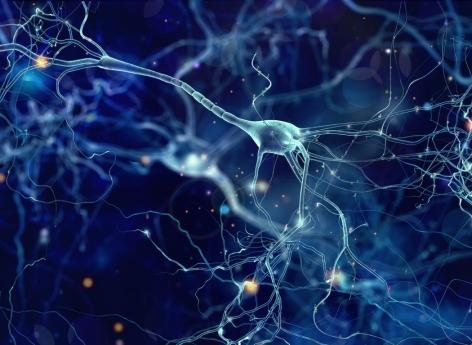primary
- Singing is different from speech and instrumental music, so different neurons are involved.
- Vocal melodies are better preserved by humans than instrumental melodies.
For several years, doctors have used music for therapeutic purposes, meaning that melodies produce effects on our nervous system. but according to A new study published in the journal current biology, another art form, very close, can also have a different effect on our minds: singing. During their work, the researchers wanted to identify which neurons were specifically interested in singing, because they were already during itprevious studyselect those who respond to music in general.
Combined two methods for identifying neurons
Going forward, this time the researchers combined two methods. First of all, what makes it possible to identify groups of neurons from functional magnetic resonance imaging (fMRI) data. They already used it in their first study. This fMRI allows seeing the interaction of hundreds of thousands or millions of neurons because it uses a very small unit of measurement. Then they paired it with high-resolution data obtained by electrocortical electromyography (ECoG). “This method of combining ECoG and fMRI is an important methodological advance. Combining improved accuracy of ECoG with data from fMRI allows for better localization of global responses” in the brain, said Josh McDermott, one of the study’s authors statment. A total of 15 patients participated in this clinical trial. The researchers analyzed the data and were thus able to identify which neurons specifically reacted to the song.
The neurons of music and singing are very close together
Singing neurons are located in the auditory cortex above the temporal lobe, near areas selective for language and music. “There’s a group of neurons that respond to singing and a neighboring group that responds more broadly to music. On the fMRI scale, they’re so close you don’t recognize them, but with ECoGs, we get extra fidelity, and that’s what I think allowed us to differentiate between them.”explained Sam Norman Henry, one of the authors.
In detail, the researchers discovered that the information about the song must first be processed by the primary auditory regions and then sent to the people who are sensitive to the song. Thus this pathway requires a certain time to reach the correct processing areas in the brain, which is not the case with speech. In the future, the scientists plan to continue their research, particularly to determine if infants also have specific areas for music and singing.

“Subtly charming problem solver. Extreme tv enthusiast. Web scholar. Evil beer expert. Music nerd. Food junkie.”

